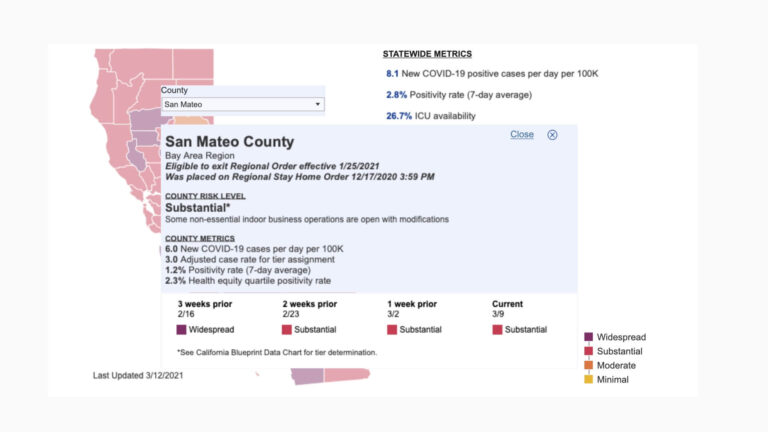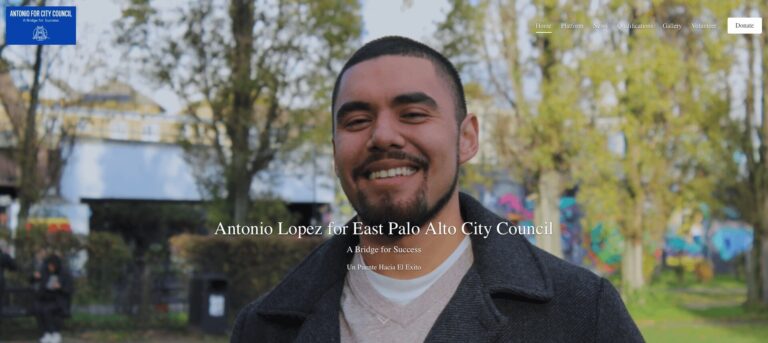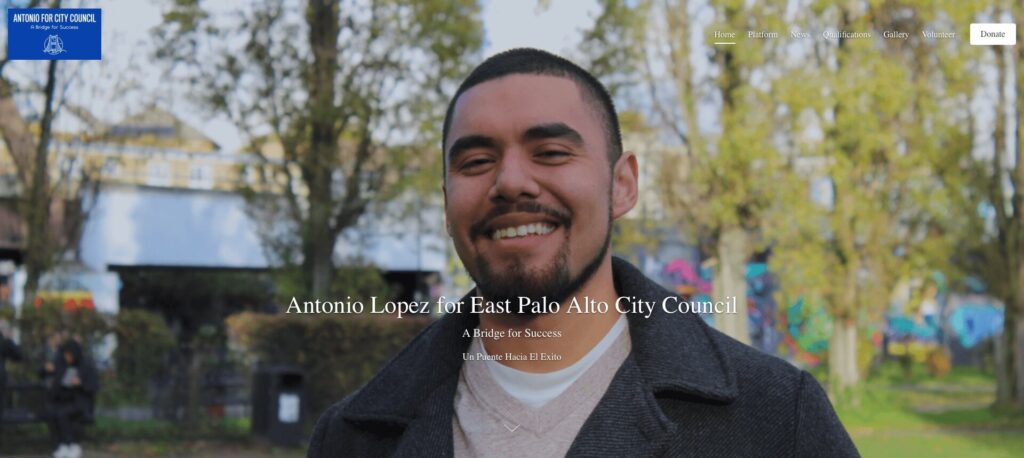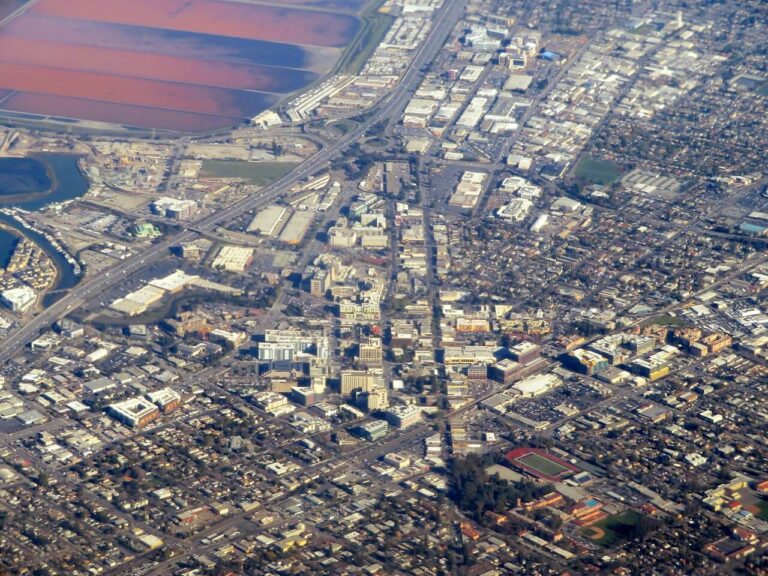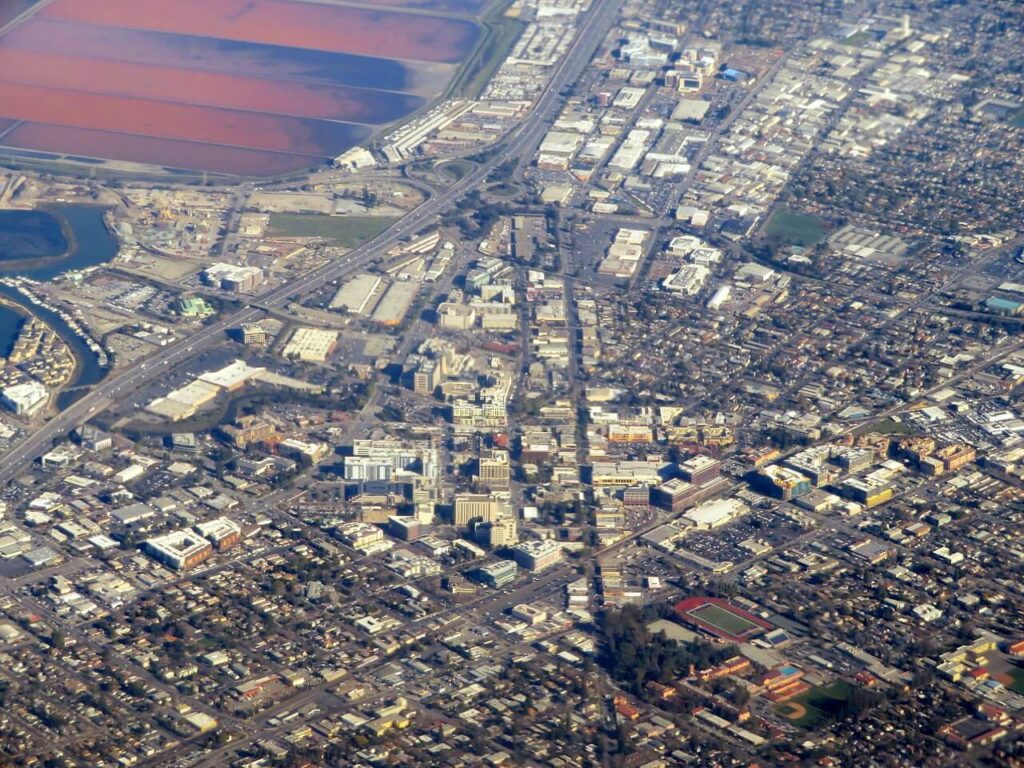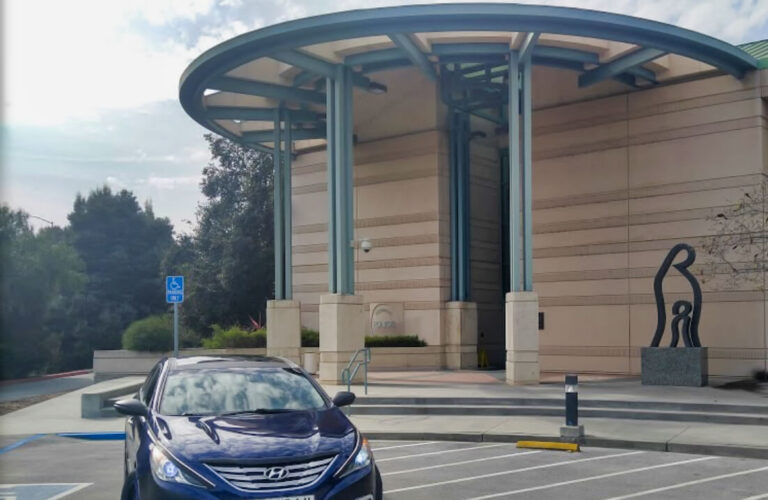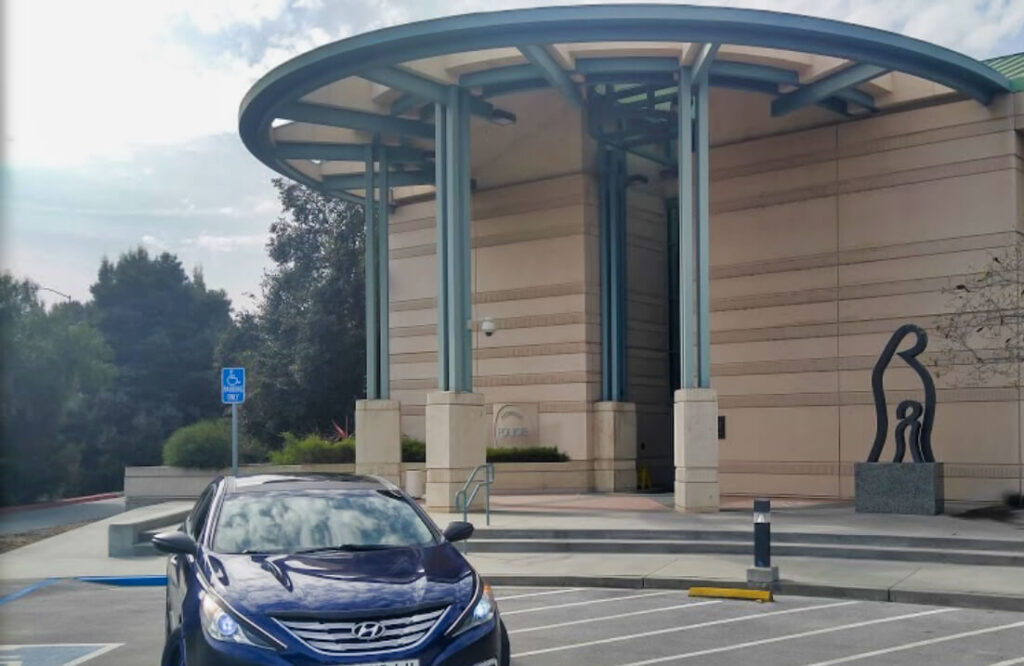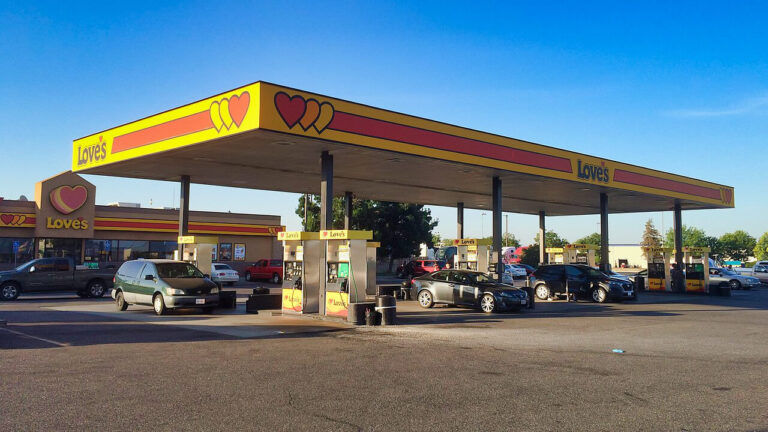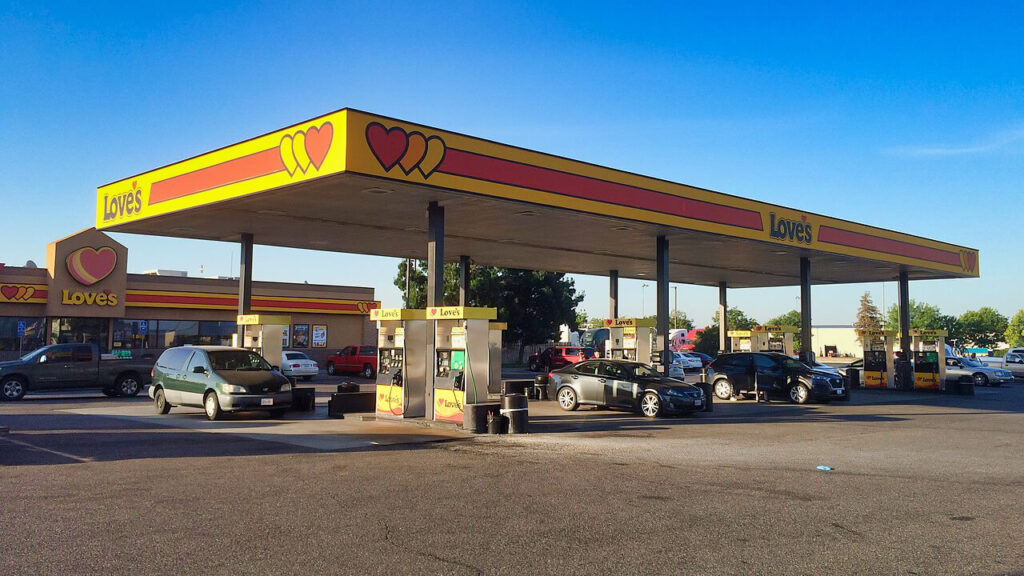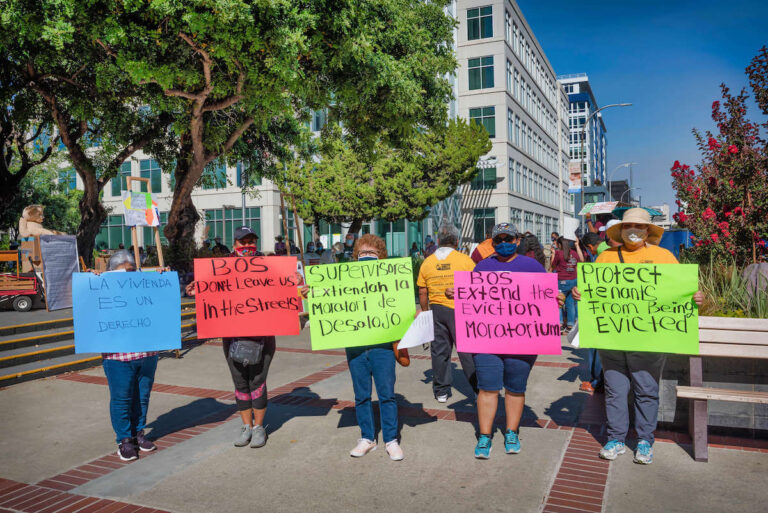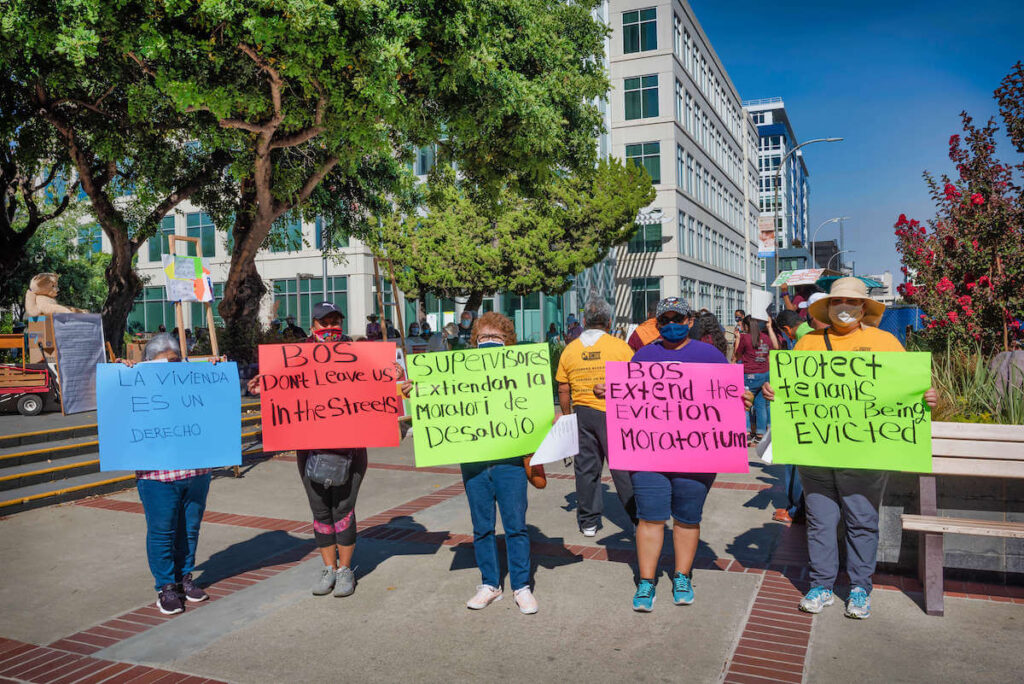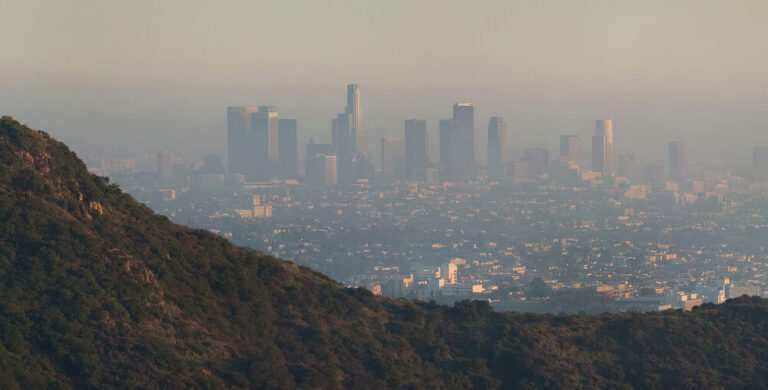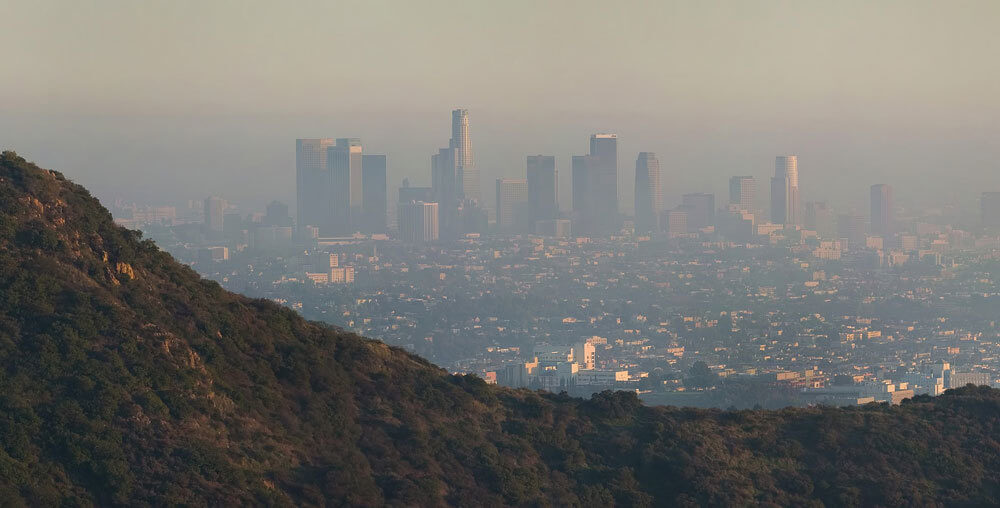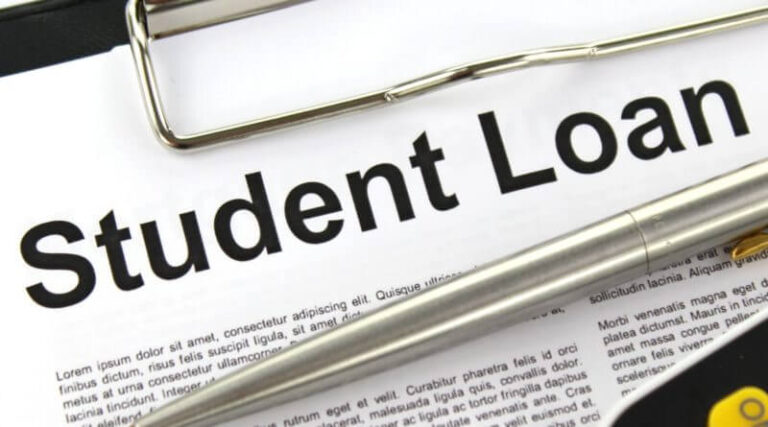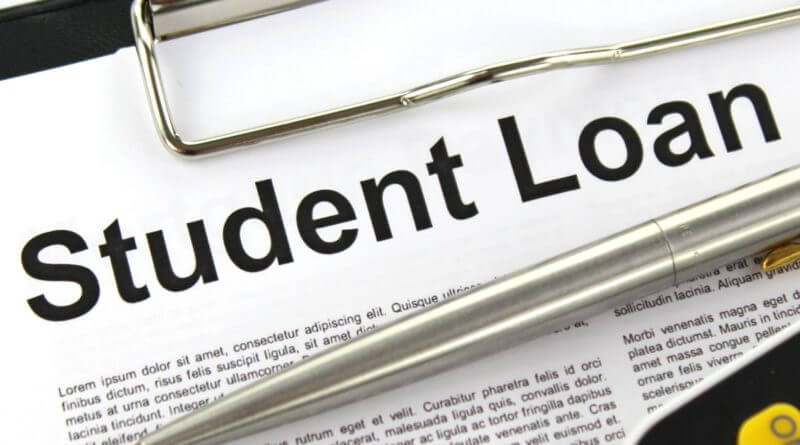COVID-19: San Mateo County on track to move to "Orange" status, which will allow for additional economic activity.
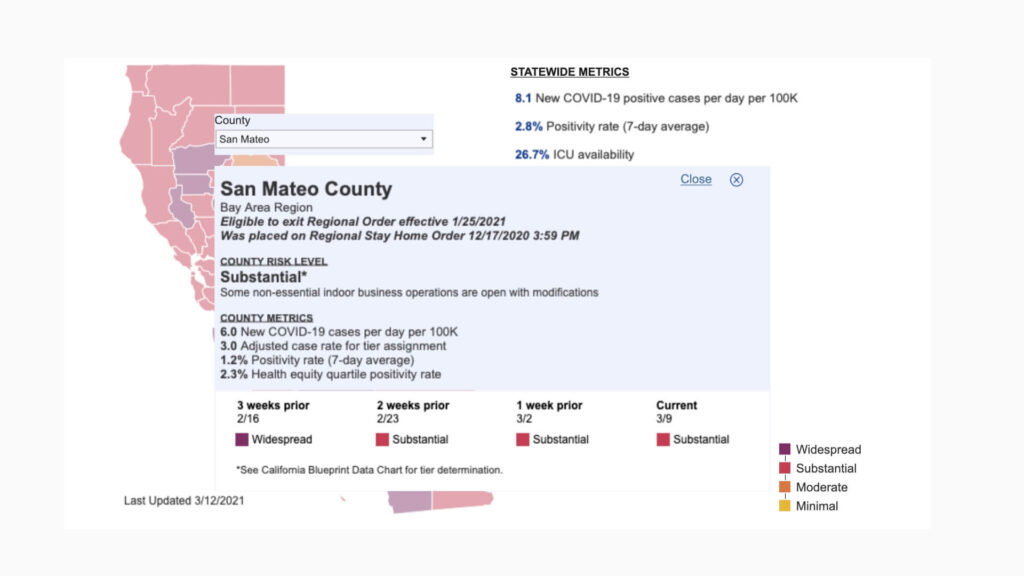
Pamela Cruz. Peninsula 360 Press [P360P].
After San Mateo was declared a "Red" level on Feb. 23, the county is on track to move to Level 2 "Orange," allowing for additional activities.
"With coronavirus case rates down, San Mateo County is on track to reopen more shopping centers and retail stores, places of worship, restaurants, gyms and other indoor operations," the county said in a statement.
He specified that, if current metrics hold, the county could join Tier 2 "Orange" on Wednesday, March 17, 2021, under the state's four-tiered, color-coded Plan for a Safer Economy.
The state is expected to announce Tuesday whether San Mateo County can advance to Level Orange 2. So far, only three of California's 58 counties representing 0.1 percent of the state's population are currently at Level Orange.
The Bay Area regional intensive care unit's capacity has increased to 27.2 percent.
Separately, he noted that on March 15, people with certain medical conditions, described in the Feb. 12, 2021, state guidance to providers, will be eligible to receive the vaccine.
"We expect health care providers to identify those who will be eligible for vaccination beginning March 15 based on specific medical conditions," said Anand Chabra, MD, chief of the COVID-19 Immunization Division.
The county said that as vaccine supply allows, many residents will have access to vaccines through the large health care provider systems - Kaiser, Sutter, Dignity, AHMC-Seton.
Meanwhile, for those who are eligible by their health care provider who do not have an immunization pathway, the county will continue to arrange access and partner with local providers such as pharmacies and safety net clinics.
"We are awaiting any additional state guidance on documentation that could facilitate eligibility confirmation at the local level or any aspects that will be standardized as appointments are offered through the state's My Turn platform," Dr. Chabra said.
He also recalled that tests for SARS-CoV-2 are widely available throughout the area and are safe, easy and free of charge.
And that's because, to move through tiers, the state looks at several metrics: the number of people tested as a share of a county's overall population and the rates of positivity and cases. A county must also meet an equity metric in underserved neighborhoods.
Currently, vaccine doses administered exceed a quarter of a million, with a total of 181,504 people having received at least one dose of COVID-19 vaccine in San Mateo County as of Wednesday, March 10, 2021.
Of the total, 77,605 people have completed the vaccination series, bringing the total number of doses administered to 259,109.
As of March 7, 2021, of all county residents who have received the vaccine, 60.5 percent identify as people of color, 33 percent as white, and 6.5 percent as other.
Of note, San Mateo County has expanded eligibility for COVID-19 vaccine to include teachers, child care providers, first responders, and food and agricultural workers who meet the state's Phase 1B criteria, as supply allows.

